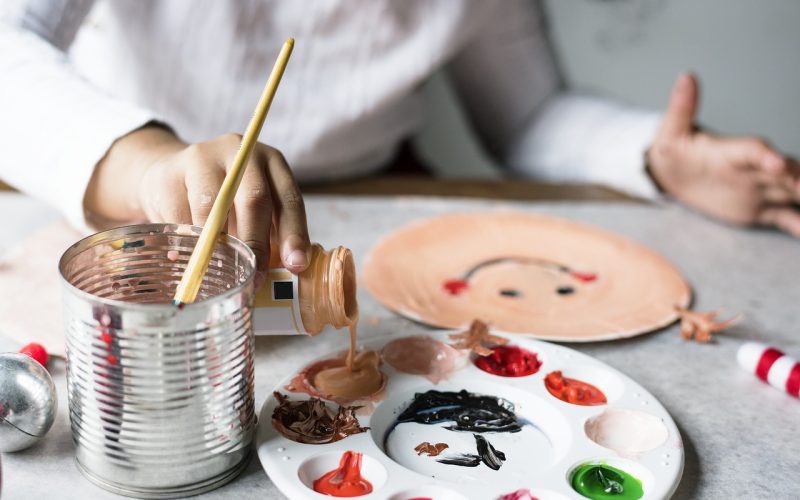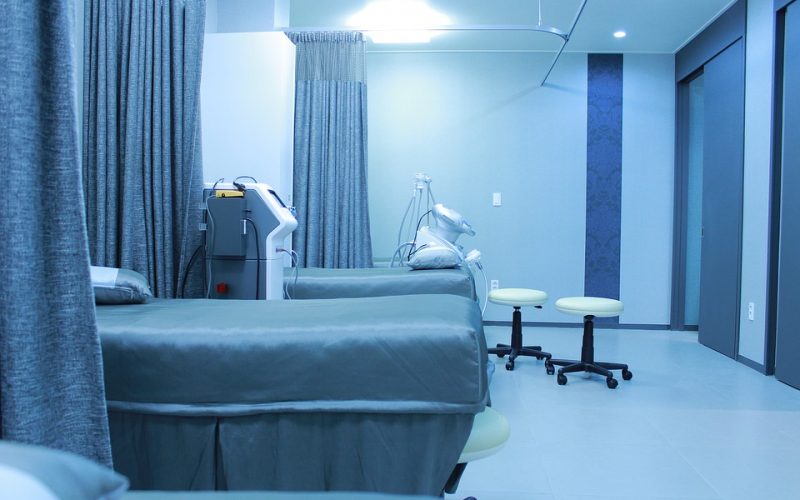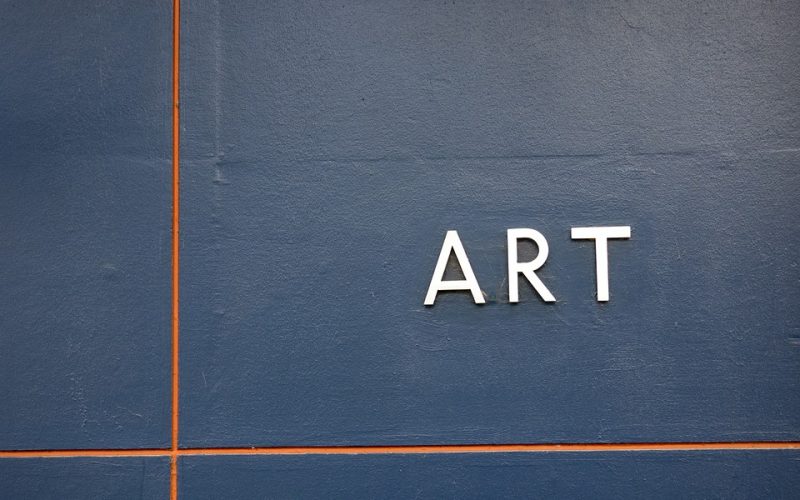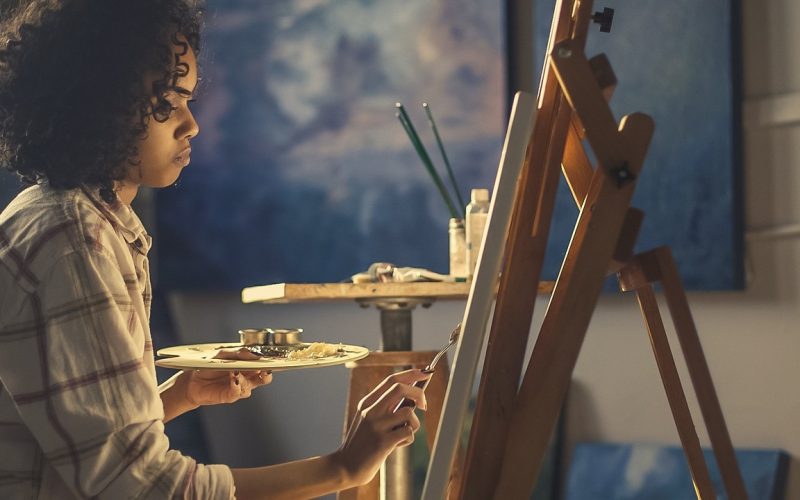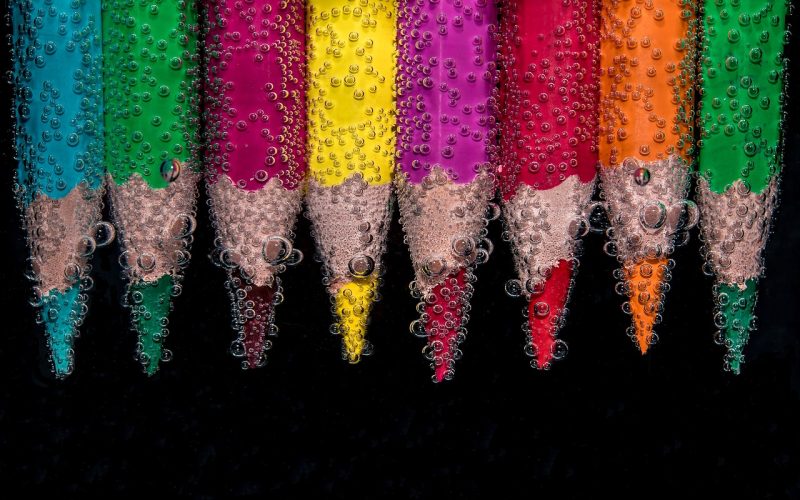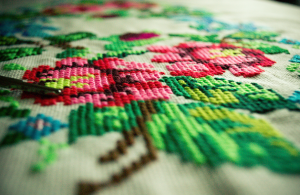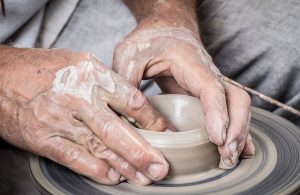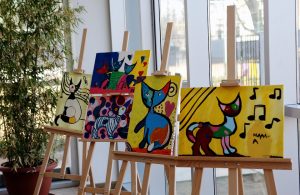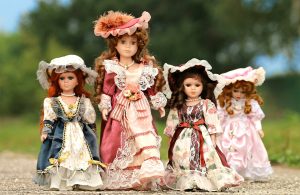In recent years, there has been a growing recognition of the powerful role that art can play in enhancing mental health and well-being. Engaging in creative activities, whether it be painting, drawing, sculpting, or any other form of artistic expression, has been shown to have profound effects on individuals' mental health.
Art as a form of self-expression
Art provides a unique avenue for self-expression, allowing individuals to communicate their thoughts, emotions, and experiences in a manner that words often cannot capture. Through art, people can externalise their inner world, which can lead to cathartic release and emotional healing.
The act of creating art gives individuals the freedom to express themselves without judgement, enabling them to process complex emotions and gain a deeper understanding of themselves. This form of self-expression can be particularly beneficial for those struggling with anxiety, depression, or trauma, as it offers a safe and non-verbal outlet for processing difficult feelings.
Art therapy and its impact
Art therapy is a specialised form of therapy that harnesses the therapeutic potential of art to promote mental health and well-being. It involves a trained therapist guiding individuals through creative processes to help them explore their emotions, address psychological challenges, and develop coping strategies.
Art therapy has been found to be effective in reducing symptoms of anxiety and depression, improving self-esteem, and enhancing overall emotional resilience. By engaging in art therapy, individuals can gain insights into their thoughts and behaviours, leading to increased self-awareness and personal growth.
The calming effect of art
Engaging in artistic activities has a calming effect on the mind and body. The rhythmic and repetitive nature of many artistic processes, such as brush strokes or doodling, can induce a state of relaxation similar to meditation. This calming effect is particularly beneficial for individuals dealing with stress and anxiety, as it helps to lower cortisol levels and promote a sense of tranquillity.
Creating art also encourages mindfulness, where individuals focus on the present moment, diverting their attention away from worries and rumination. This mindful engagement in art can foster a greater sense of control over one's mental state and contribute to improved emotional regulation.
Building community and connection through art
Art has the unique ability to bring people together and foster a sense of community and connection. Participating in group art activities, such as art classes or collaborative projects, allows individuals to bond over shared creative experiences. These interactions can reduce feelings of isolation and loneliness, which are common contributors to poor mental health.
Additionally, art exhibitions, workshops, and public displays provide opportunities for individuals to showcase their work and receive validation and support from others, further boosting self-esteem and confidence.
Art and neuroplasticity
Engaging in artistic activities stimulates the brain and enhances neuroplasticity, the brain's ability to reorganise and adapt. Creating art requires individuals to make decisions, solve problems, and think creatively, all of which activate different areas of the brain. This increased brain activity can enhance cognitive function and improve mental agility.
Furthermore, art encourages divergent thinking, where individuals explore multiple solutions to a problem, fostering creativity and innovation. By promoting neuroplasticity, art not only supports mental health but also enhances cognitive skills that are valuable in various aspects of life.
Incorporating art into daily life
Incorporating art into daily life does not require exceptional talent or expensive materials. Simple activities such as doodling, colouring, or even arranging flowers can provide significant mental health benefits. Setting aside time for creative pursuits allows individuals to prioritise self-care and engage in activities that bring joy and fulfilment. Additionally, creating art can serve as a form of self-care, allowing individuals to take a break from the demands of daily life and focus on their well-being.
The link between art and better mental health is undeniable. Engaging in creative activities offers a multitude of benefits, from providing a means of self-expression to promoting relaxation and enhancing cognitive function. Whether through professional art therapy or personal creative pursuits, art has the potential to improve mental well-being and enrich lives. By incorporating art into our routines, we can harness its therapeutic power and cultivate a greater sense of balance and harmony in our lives.
